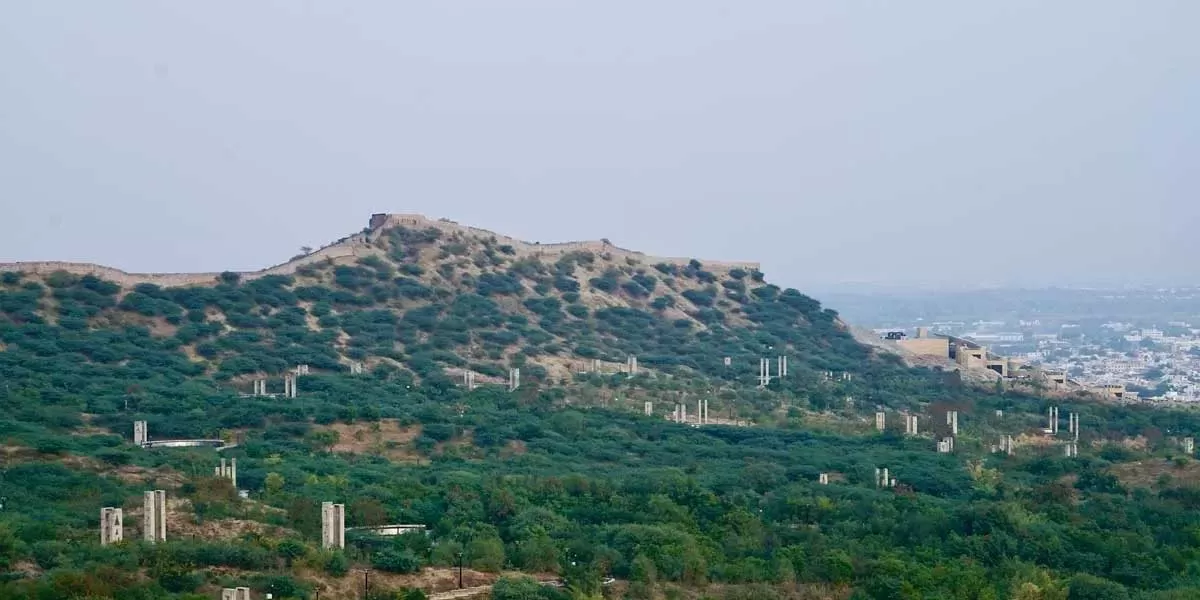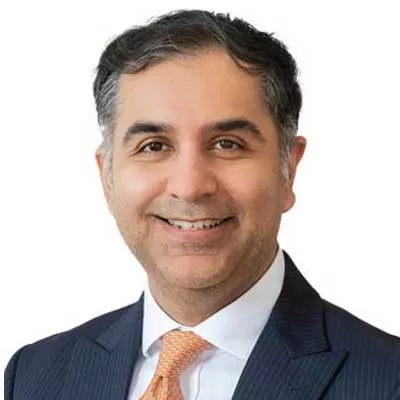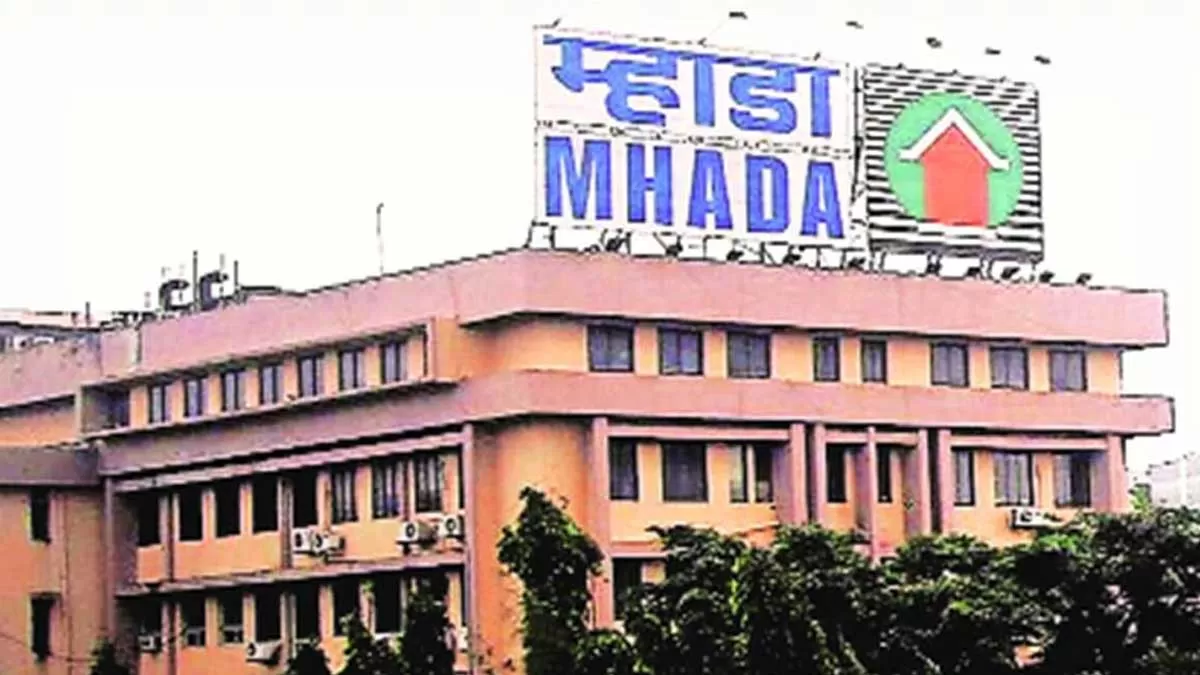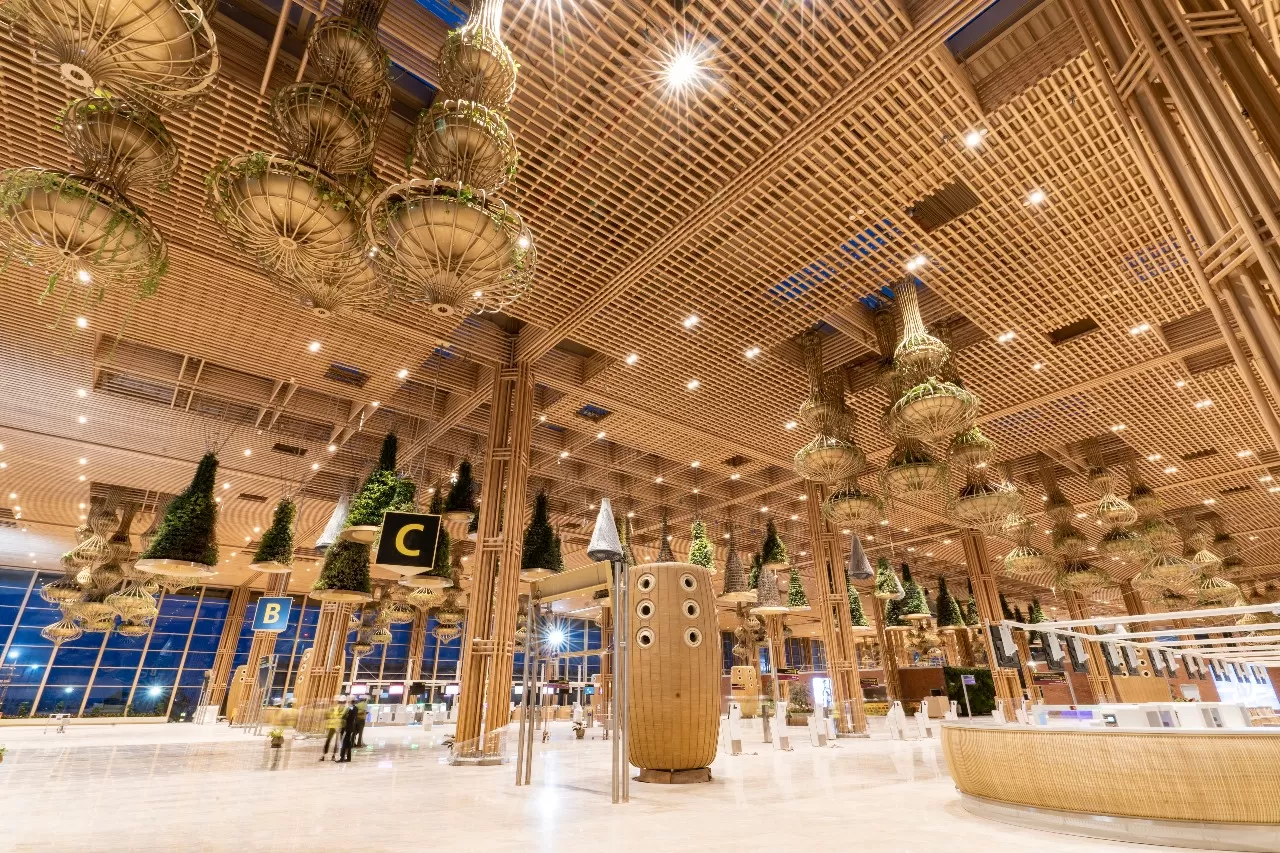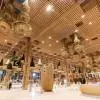The Smritivan Earthquake Memorial Museum in Bhuj, Gujarat, has been honoured as one of the world’s seven most beautiful museums globally by UNESCO’s Prix Versailles Award for Architecture and Design. Smritivan (Forest of Memories) is the first museum in India to receive international recognition for its adherence to local culture, environmental conservation and sustainable practices. These annual awards honour exceptional architecture and design on a global scale with categories spanning different sectors such as airports, campuses, passenger stations, sports facilities, museums, emporiums, hotels and restaurants.Situated on the Bhujiyo Dungar (a small hill) on the outskirts of Bhuj and spread over 470 acre, Smritivan is the first earthquake memorial in the country. The site features the world’s largest Miyawaki forest with around 0.5 million trees, 50 check dams adorned with plaques bearing the names of the victims of the 2001 earthquake, measuring 7.9 on the Richter scale, which claimed close to 13,000 lives and affected 890 villages. The museum also includes a special theatre that offers a realistic simulation of the earthquake experience using sound, light and vibration along with a 360º projection. The architect for the memorial and museum was Rajeev Kathpalia from Vastushilpa Sangath LLP while the exhibition design and curation for the museum was done by Design Factory India.Design intentThe design intent was to create not just a museum but also a civic space where citizens could gather to celebrate festivals. The essence of the museum lies in the gradual ascent up the hill, a zig-zag journey of 50 m, punctuated with various galleries that trace the contours of the hill like a pilgrimage route to a holy site. The hill’s steep slope posed a challenge in constructing a building that blended with the landscape as the hill holds cultural significance to the community and constructing a large-scale box contrasting with the hill was considered inappropriate. So, the natural contours of the hill were incorporated into the design. The memorial features a ‘Sun Point’, which tracks the sun’s movement through a circular ring with notches marking significant cultural days, atop the Bhujiyo Dungar to provide visitors with a panoramic view of the entire town.This brief led the architects to envision two interrelated approaches: one for families of the victims and the other focused on nurturing trees. This support involved identifying local species and determining the water flow paths to design reservoirs.“The brief was to ‘plant a tree for each victim’, which evolved into a challenge of creating a sustainable environment in a desert-like setting,” said Raghuveer Kathpalia, Designated Partner, Vastushilpa Sangath LLP, adding, “Rajeev Kathpalia and his team implemented a unique solution and created 50 recharge reservoirs that leak. The ‘leaking reservoirs’ are made out of Gabion walls to slow and seep water into the soil, which supports the growth of 12,932 trees of local species. The memorial features a museum and a sundial, designed with local vernacular architecture principles and incorporates the idea of the leak as a vital component of sustainability.”Even the building’s spine acts as a veranda, providing a place to look at the surrounding scenery. As a civic space, this central spine of the museum operates even when the galleries are closed.“The museum design is a confluence of local crafts in contemporary design language,” said Siddharth Bathla, Creative Director and Partner, Design Factory India. “Narrative and design development took shape based on intensive continuous research rooted in ethnography, literature review and archival data, spanning several weeks documenting Kutch’s landscape and communities. The responsibility to present sensitive personal and complex stories of the earthquake and beyond, to evoke varied emotions was a creative challenge and opportunity. Drawing from geological sciences, archaeology, seismology and disaster management, the exhibit design is informative and educative for all age-groups, seeing over 0.1 million footfalls in 100 days of inauguration. The scenography and installations have emerged from the rich local living traditions and crafts of Kutch region, with a fresh approach to create contextually-rooted exhibit spaces. Textile crafts like applique, block printing and weaving were used in innovative forms in collaboration with local master craftspersons, which co-created the largest ever narrative-based artworks of their repertoire. All bespoke installations and narrative elements were custom-designed and fabricated in India, following iterative experimentation and prototyping. As a vibrant layer to animate the museum experience; live actors and craftspersons bring the museum journey alive, creating a memorable experience.” Other highlights of the museum complex include a 300-year-old fort, a 1.1 MW solar power plant, an 8-km pathway and parking for 3,000 visitors.Resilience and regenerationAs Smritivan was planned to be a pilgrimage site created for bereaved families of the victims, each element of the museum, which was inaugurated by Prime Minister Narendra Modi in 2022, stands as a symbol of Gujarat’s resilience in the face of adversity and focuses on regeneration and hope for a better future.- R SRINIVASAN
